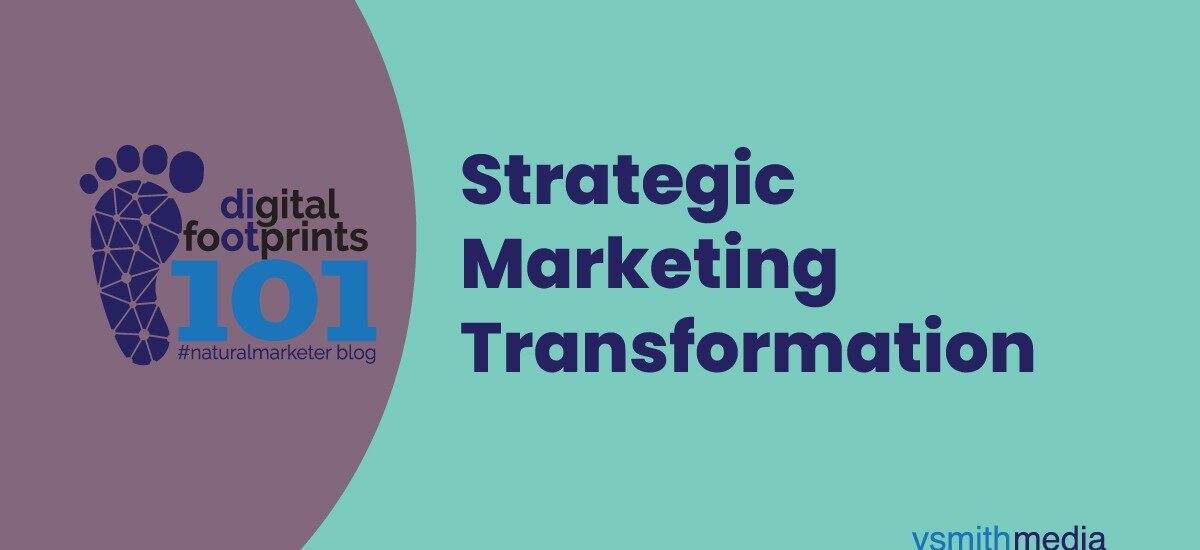Strategic marketing transformation is the overhaul of a brand’s marketing approach to adapt to the ever-changing digital landscape and customer preferences. It’s not just about throwing new technology at the problem; it’s about rethinking every aspect of how you reach, engage, and convert your target audience.
Here are some key drivers of strategic marketing transformation:
- The rise of digital: Consumers are increasingly spending their time online, consuming information and making purchasing decisions through digital channels.
- Data-driven insights: Brands now have access to vast amounts of data about their customers, which can be used to personalize marketing messages and campaigns.
- Evolving customer expectations: Customers today demand more personalized, relevant, and authentic experiences from brands.
- Competition: The competitive landscape is more crowded than ever, making it essential for brands to differentiate themselves.
So, how should brands adapt to strategic marketing transformation? Here are a few key steps:
- Develop a clear vision and strategy: Define your target audience, your brand’s unique value proposition, and your long-term marketing goals.
- Break down silos: Marketing, sales, and customer service teams need to work together seamlessly to deliver a consistent and positive customer experience.
- Embrace data and technology: Invest in tools and platforms that can help you collect, analyze, and use customer data to personalize your marketing efforts.
- Create a culture of agility: Be prepared to adapt your marketing strategies quickly as the market and customer needs change.
- Focus on building relationships: Don’t just try to sell to your customers; try to build long-term relationships with them.
Strategic marketing transformation is not a one-time event; it’s an ongoing process. By constantly adapting and innovating, brands can stay ahead of the curve and build lasting relationships with their customers.
I hope this explanation helps! Feel free to ask if you have any further questions.




